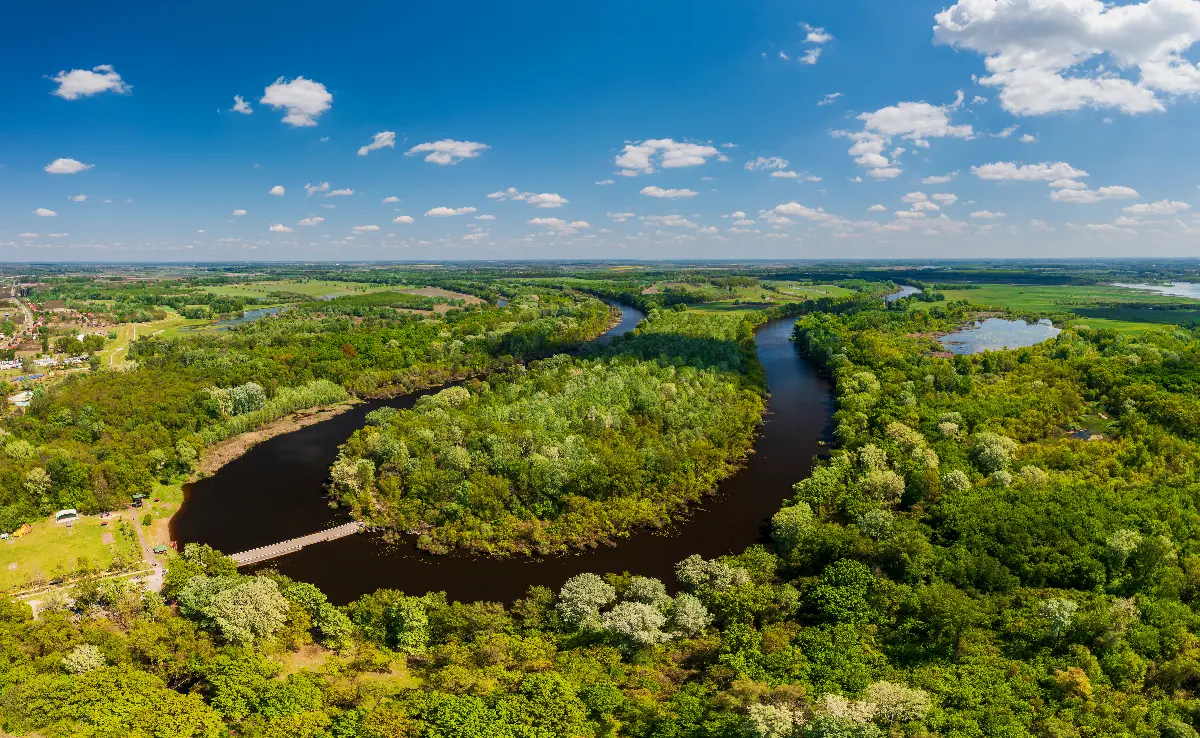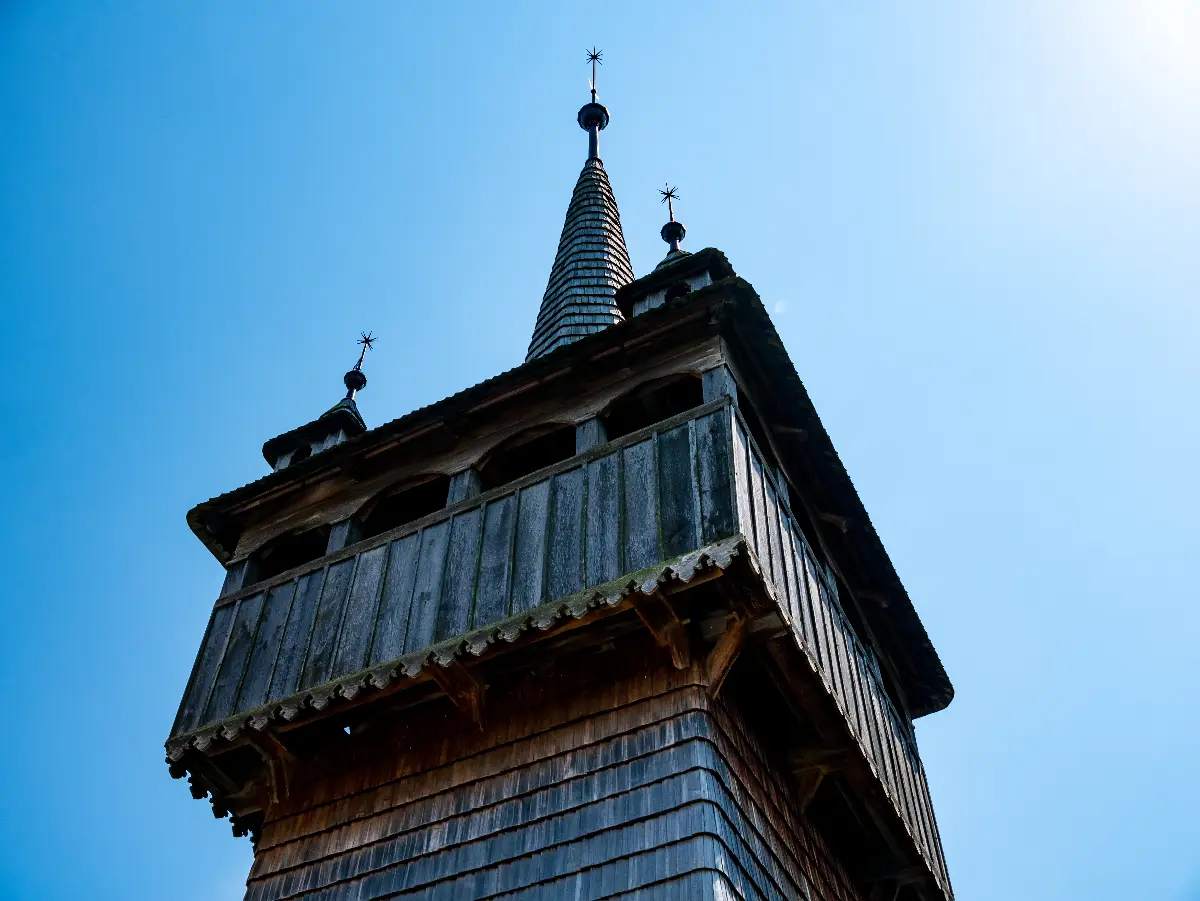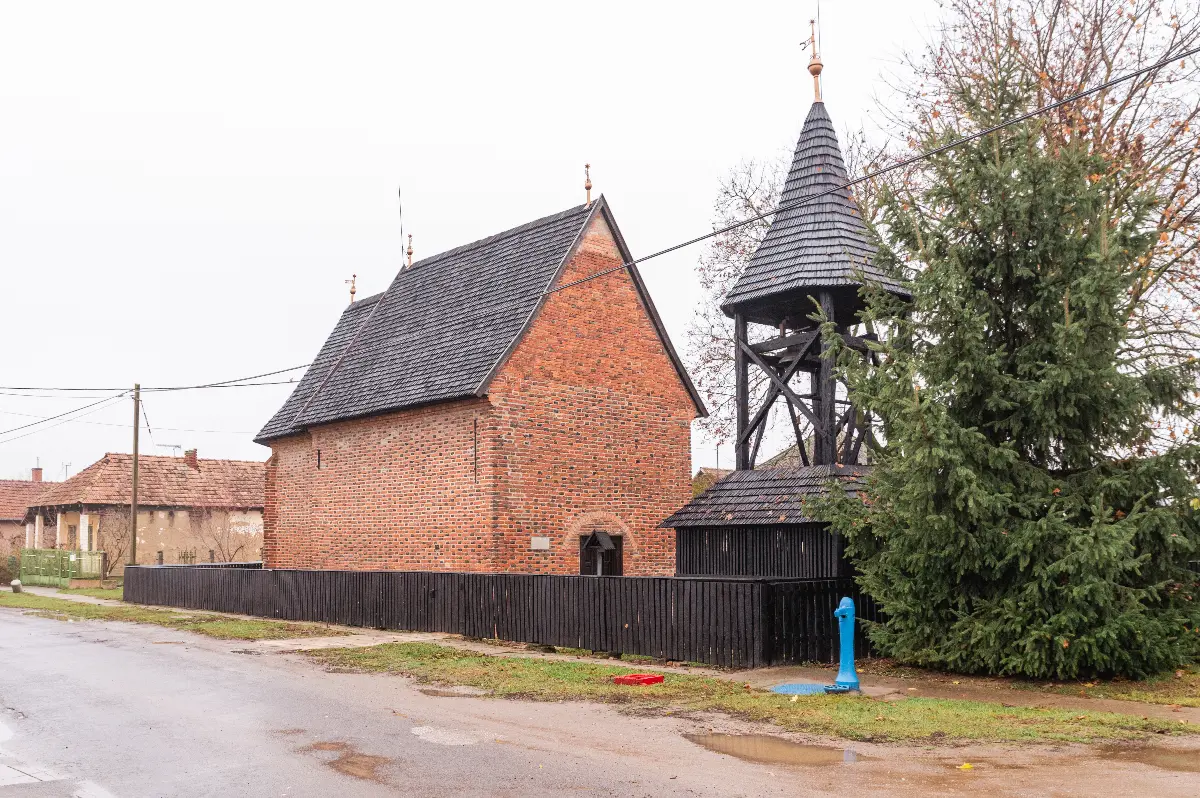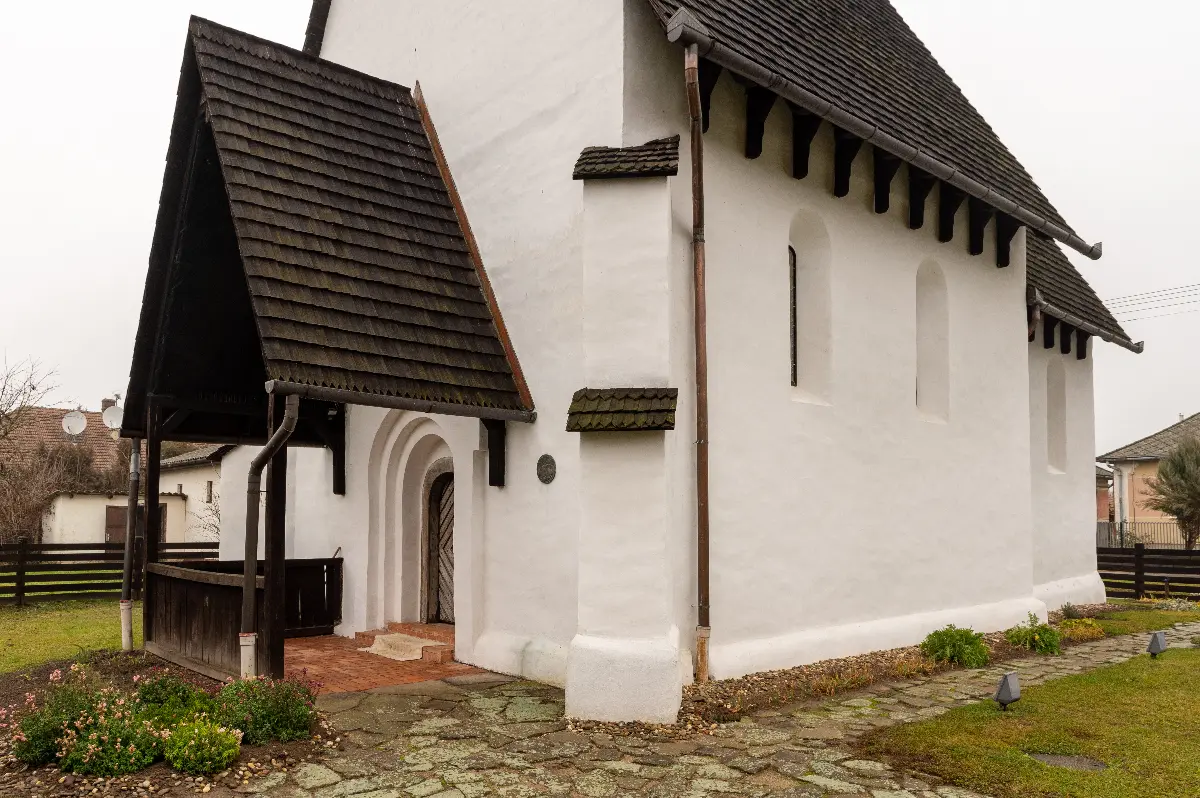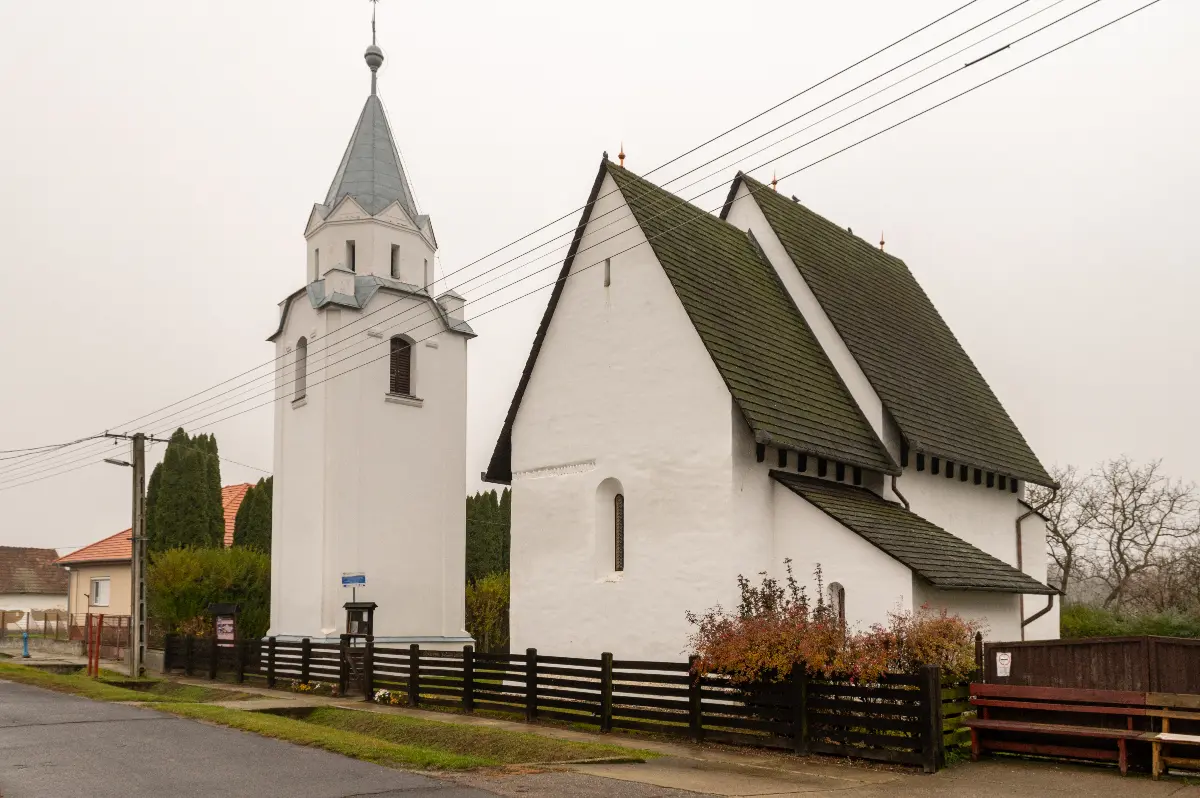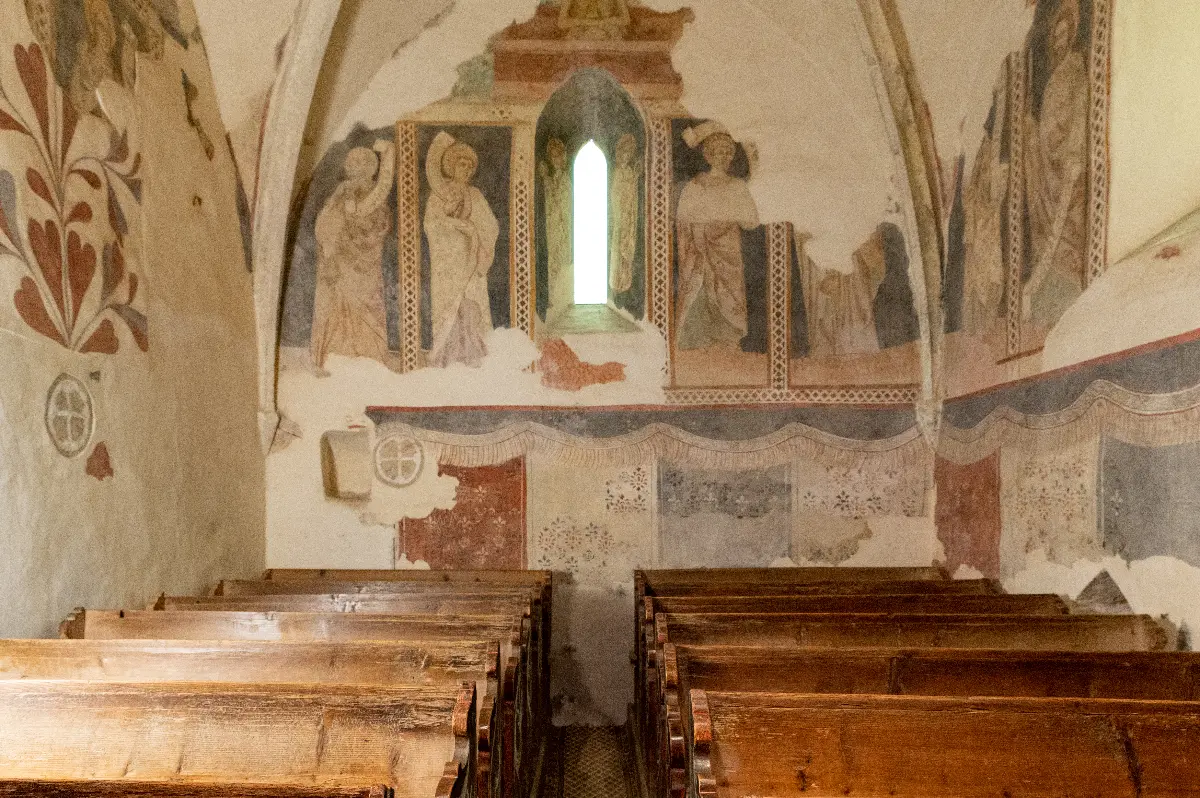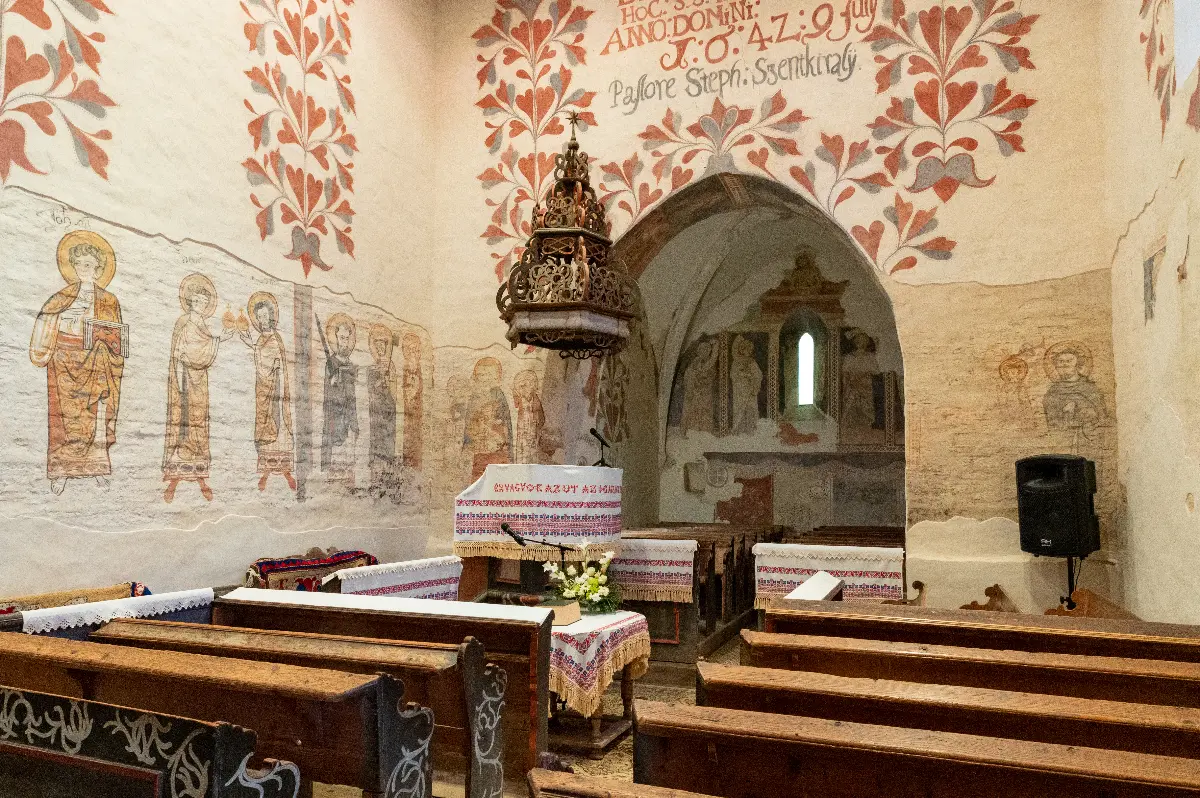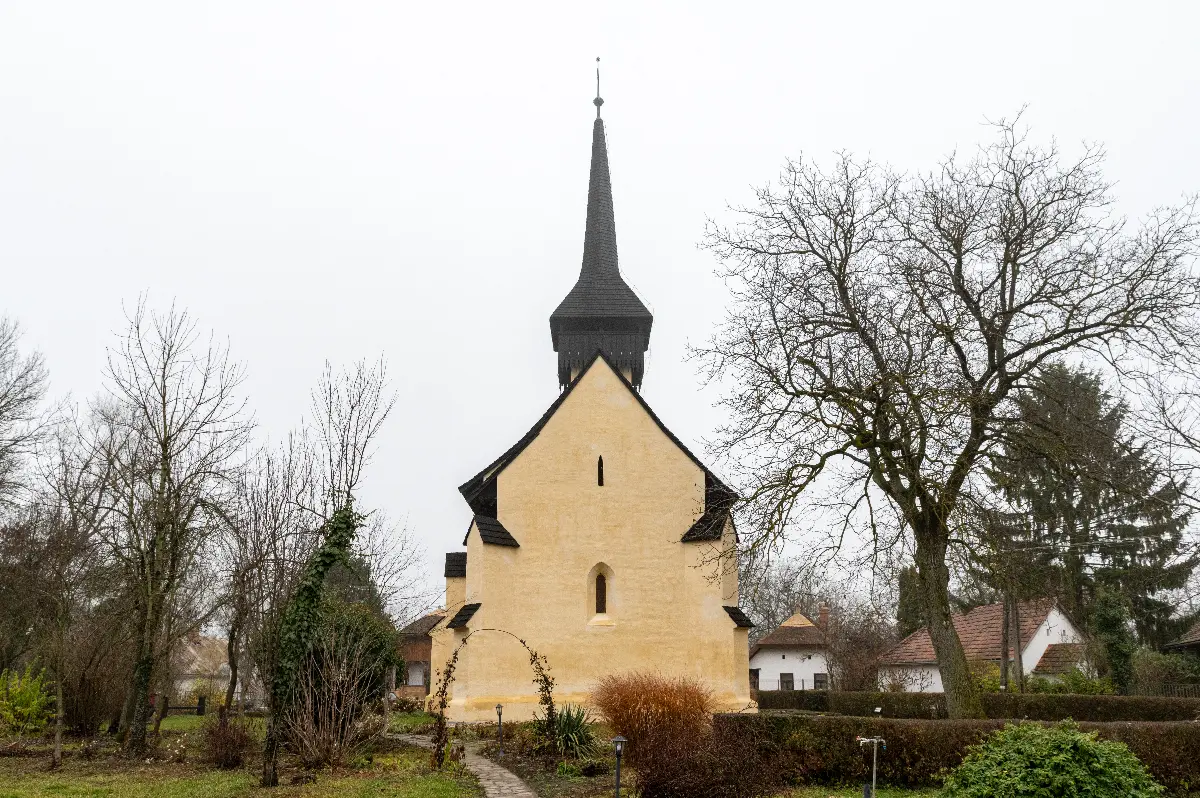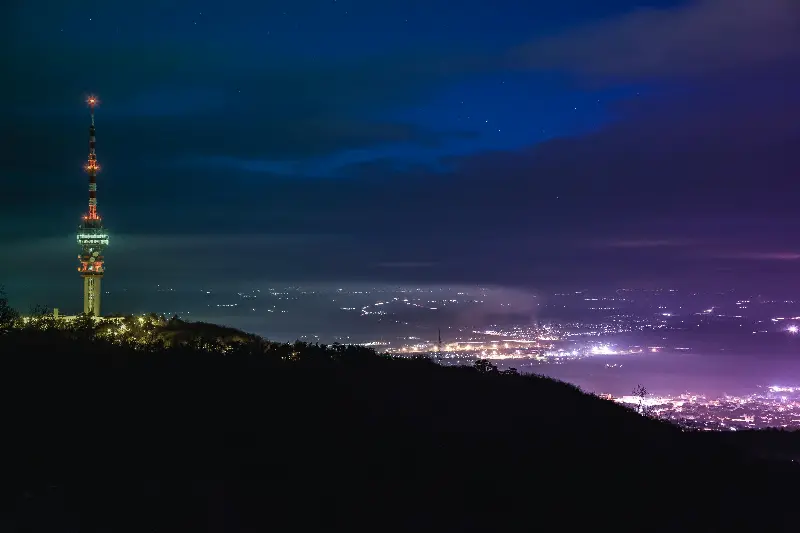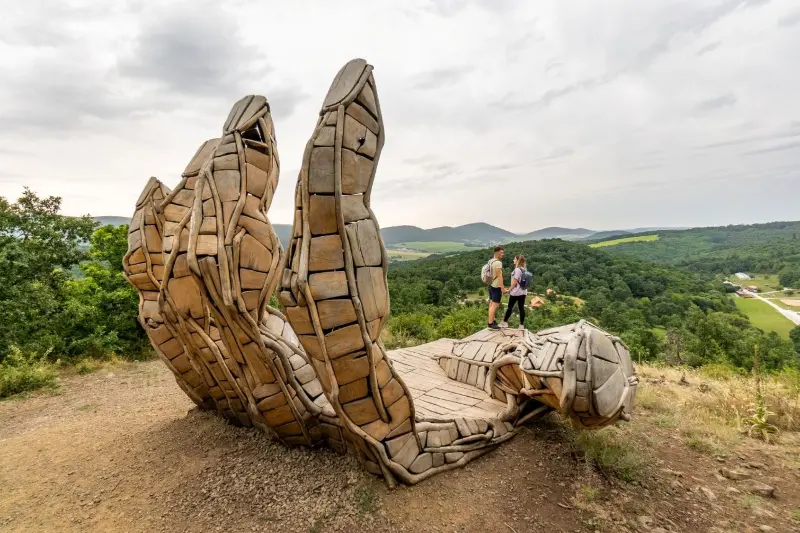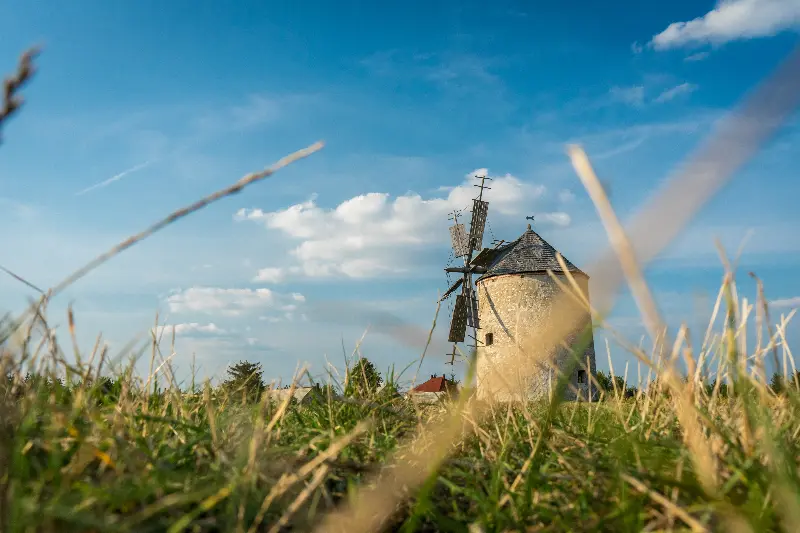
Helyszín címkék:
Medieval church tour in the Upper Tisza region
Séra Zsanett
The Upper Tisza region is located at the confluence of three historical regions of Hungary: Transylvania, Highlands and the Great Hungarian Plain. These areas once belonged together, but are shared by Romania, Ukraine and Hungary today. Visiting here you can find real treasures, the rich cultural heritage of the region awaits the tourists with a lot of things to discover. In the small villages of the Upper Tisza region, people have been marvelling at the beautifully decorated medieval churches for centuries. Their survival in large numbers is partly due to the fact that in the 16th century this part of the Great Hungarian Plain did not come under Turkish rule, so the area was not damaged by war. On the other hand, as a result of the spread of the Reformation in 1540, the Reformed congregations used, protected, and modified them. Going along the thematic hiking trail called the The route of medieval churches we can see many wonders, now we have collected some of these.
The Reformed Church in Szabolcs
The Monastery of the Virgin Mary in Szabolcs is the wonder of the church architecture from the 11th century, the gate of the route of the medieval churches is one of the most beautiful built ecclesiastical heritage of Szabolcs-Szatmár-Bereg county. The history of Szabolcs settlement can be traced back to the conquering Hungarians. In the 9-10th century one of the largest hillforts in Central Europe was built here, in the 11th century the church already stood, and it was forever inscribed in the history books with the ecclesiastical synod of 1092 and the legislature - in which King St. Stephen also took part. The church in Szabolcs at that time was the archbishop’s church who resided here. Then it was expanded and rebuilt several times over the centuries, until, thanks to the archaeological research and work which began in the 1970s, it was finally able to regain its medieval shape.
The Reformed Church of Csaroda
The experts refer to the Csaroda Reformed Church as a textbook case of the village churches from the Arpadian age, which is the most famous medieval monument in Hungary. There are no exact records about the time of the construction of the church, its origin dates back to the end of the 13th — the beginning of the 14th century. Its tower ends in a pointed helmet, thanks to which it can be spotted remotely for a hiker coming from afar. Entering the church, we get really surprised at how much treasure we have come across. The interior walls are decorated with impressive frescoes and folk motifs from different eras - the latter decorations were painted during the Reformation.

The Reformed Church of Lónya
We know little about the origin of the church, according to experts, it could have been built at the beginning of the 14th century. Over time, however, few alterations have been made on it, and as a result, under the plaster Romanesque, on the walls of the church Romanian, Gothic and late Renaissance representations have survived in exceptional richness. The monumental reconstruction of the building was completed in 2008, during which care was taken to present the medieval and Reformed details of artwork. The memorabilia preserved in a similar quality is very rare in Hungary, it is worth finding out it with our own eyes!
The Reformed Church of Csenger
The church built in the 16th century, is the only relic of the medieval monumental architecture in the Great Hungarian Plain, and the octagonal floor plan of its western tower makes it truly unique. Although, according to contemporary documents, there was a permission for the creation of only a wooden building, for unknown reasons, a large church of red and black burnt bricks without plaster was created. Its interior design is also very special: its painted coffered plank ceiling is decorated with beautiful floral patterns, which can be traced back to the earliest period of the Hungarians. At the time of the Reformation, the church in Csenger had a significant role in church history, and the Reformed community of the settlement is still dominant in the area, as about 4,000 of the 5,000 inhabitants are Reformed.
